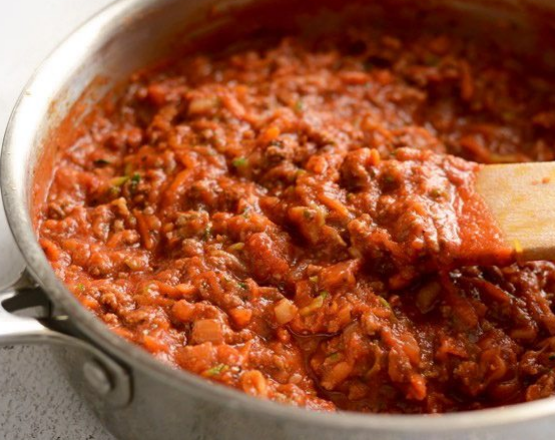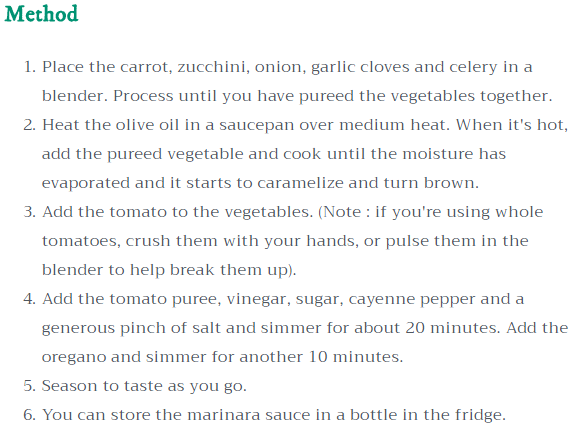To reduce your risk for heart disease, cut back on saturated fat and trans fat by replacing some foods high in saturated fat with unsaturated fat or oils.

SATURATED FAT
Imagine a building made of solid bricks. This building of bricks is similar to the tightly packed bonds that make “saturated” fat. The bonds are often solid at room temperature like butter or the fat inside or around meat. Saturated fats are most often found in animal products such as beef, pork, and chicken. Leaner animal products, such as chicken breast or pork loin, often have less saturated fat. Foods that contain more saturated fat are usually solid at room temperature and are sometimes called “solid” fat.
UNSATURATED FAT
Now, imagine the links in a chain that bend, move, and flow. The chain links are similar to the loose bonds that make “unsaturated” fat fluid or liquid at room temperature like the oil on top of a salad dressing or in a can of tuna. Unsaturated fat typically comes from plant sources such as olives, nuts, or seeds – but unsaturated fat is also present in fish. Unsaturated fat are usually called oils. Unlike saturated fat, these oils contain mostly monounsaturated and polyunsaturated fat.
A few food products such as coconut oil, palm oils, or whole milk remain as liquids at room temperature but are high in saturated fat.
TRANS FAT
Trans fat can be made from vegetable oils through a process called hydrogenation**. Trans fat is naturally found in small amounts in some animal products such as meat, whole milk, and milk products. Check the food label to find out if trans fat is in your food choices. Trans fat can often be found in many cakes, cookies, crackers, icings, margarines, and microwave popcorn.
LIMIT SATURATED AND TRANS FAT
Eating more unsaturated fat than saturated and trans fats can reduce your risk of heart disease and improve “good” (HDL) cholesterol levels. Replace foods high in saturated and trans fat such as butter, whole milk, and baked goods with foods higher in unsaturated fat found in plants and fish, such as vegetable oils, avocado, and tuna fish.
| SOME COMMON FOODS CONTAINING SATURATED FAT |
| beef fat (tallow, suet) |
butter |
chicken fat |
| coconut oil |
cream |
hydrogenated oils** |
| milk fat |
palm and palm kernel oils |
partially hydrogenated oils** |
| pork fat (lard) |
shortening |
stick margarine |
Cut back on foods containing saturated fat including:
- desserts and baked goods, such as cakes, cookies, donuts, pastries, and croissants
- many cheeses and foods containing cheese, such as pizza
- sausages, hot dogs, bacon, and ribs
- ice cream and other dairy desserts
- fried potatoes (French fries) – if fried in a saturated fat or hydrogenated oil
- regular ground beef and cuts of meat with visible fat
- fried chicken and other chicken dishes with the skin
- whole milk and full-fat dairy foods
OILS AS PART OF A HEALTHY EATING STYLE
Oils provide essential fatty acids and vitamin E. They are found in different plants such as soybeans, olives, corn, sunflowers, and peanuts. Choosing unsaturated oils instead of saturated fat can help you maintain a healthy eating style. A few plant oils, including coconut and palm oil, are higher in saturated fat and should be eaten less often.
Choose foods higher in unsaturated fat and lower in saturated fat as part of your healthy eating style.
- Use oil-based dressings and spreads on foods instead of butter, stick margarine, or cream cheese.
- Drink fat-free (skim) or low-fat (1%) milk instead of reduced-fat (2%) or whole milk.
- Buy lean cuts of meat instead of fatty meats or choose these foods less often.
- Add low-fat cheese to homemade pizza, pasta, and mixed dishes.
- In recipes, use low-fat plain yogurt instead of cream or sour cream.
https://www.choosemyplate.gov/saturated-unsaturated-and-trans-fats



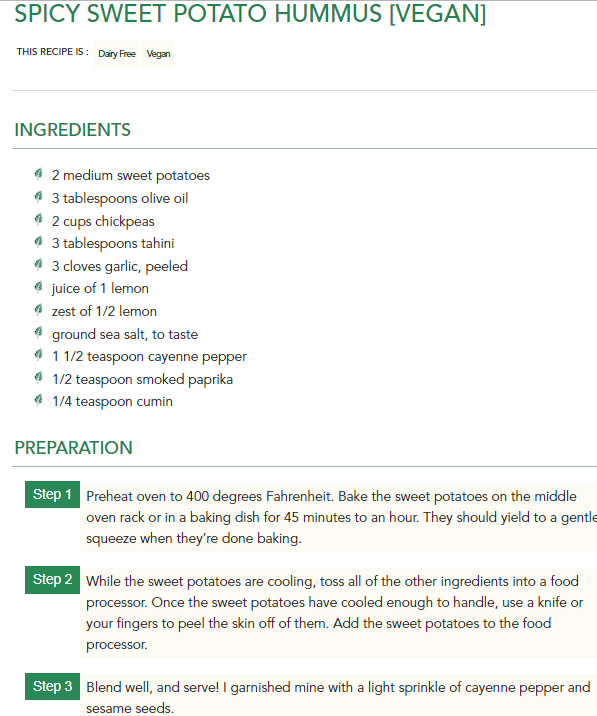
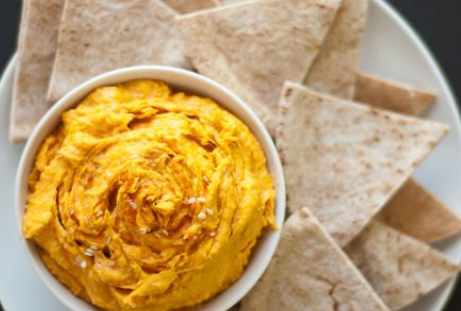
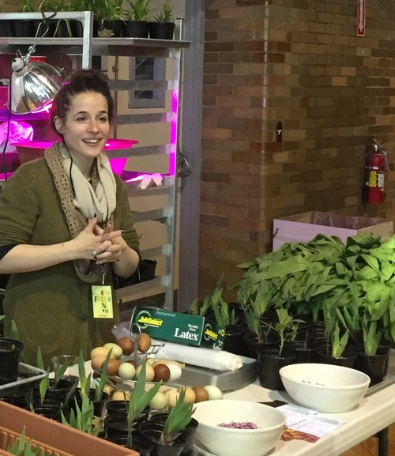
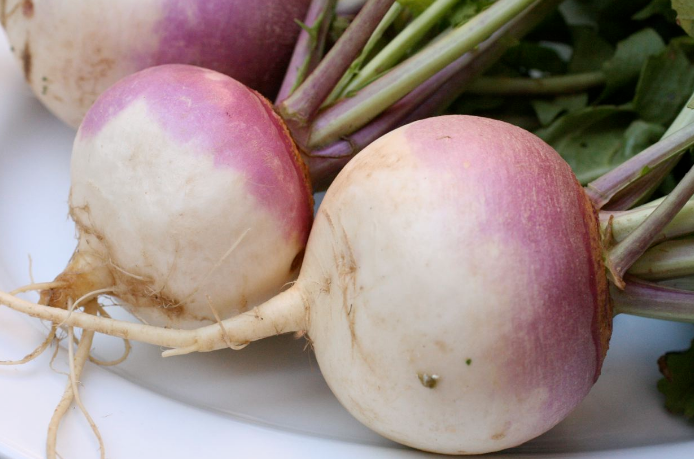
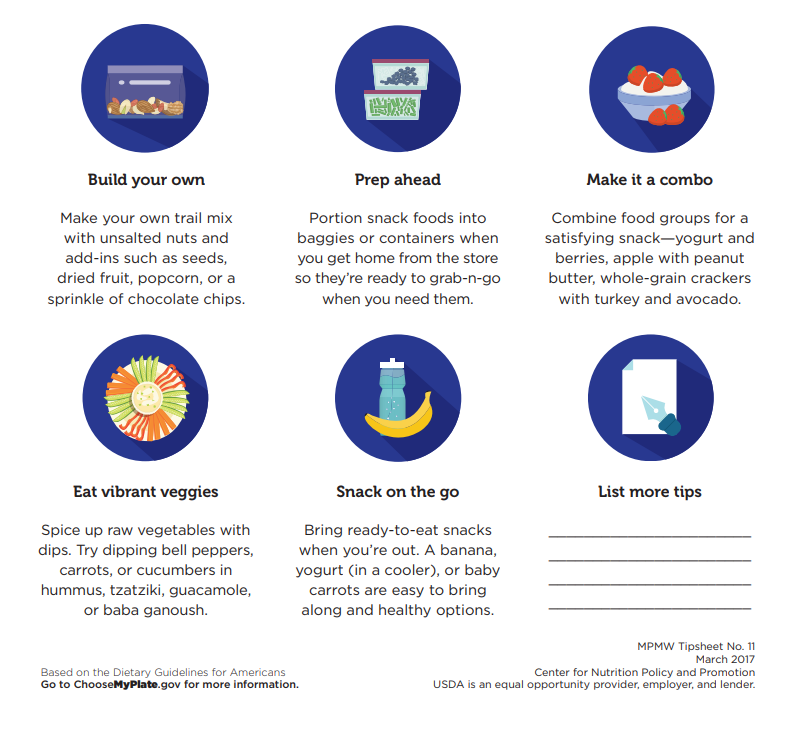
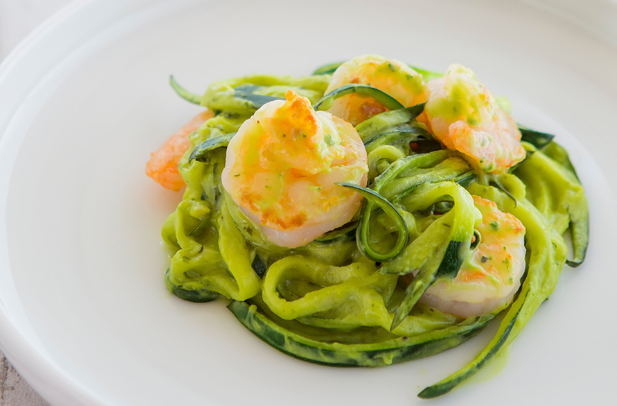

 MAKE HALF YOUR GRAINS WHOLE GRAINS
MAKE HALF YOUR GRAINS WHOLE GRAINS
 VARY YOUR PROTEIN ROUTINE
VARY YOUR PROTEIN ROUTINE COMPARE THE SATURATED FAT, SODIUM, AND ADDED SUGARS IN YOUR FOODS AND BEVERAGES
COMPARE THE SATURATED FAT, SODIUM, AND ADDED SUGARS IN YOUR FOODS AND BEVERAGES Photo credit: Sharon Palmer
Photo credit: Sharon Palmer